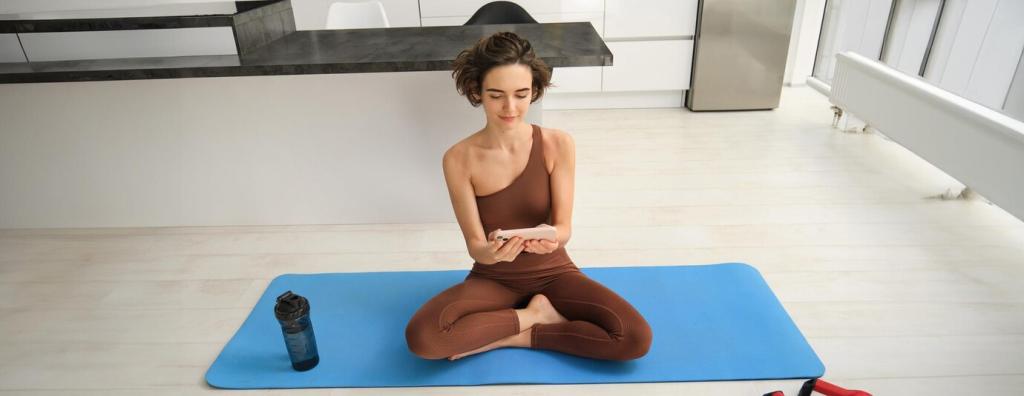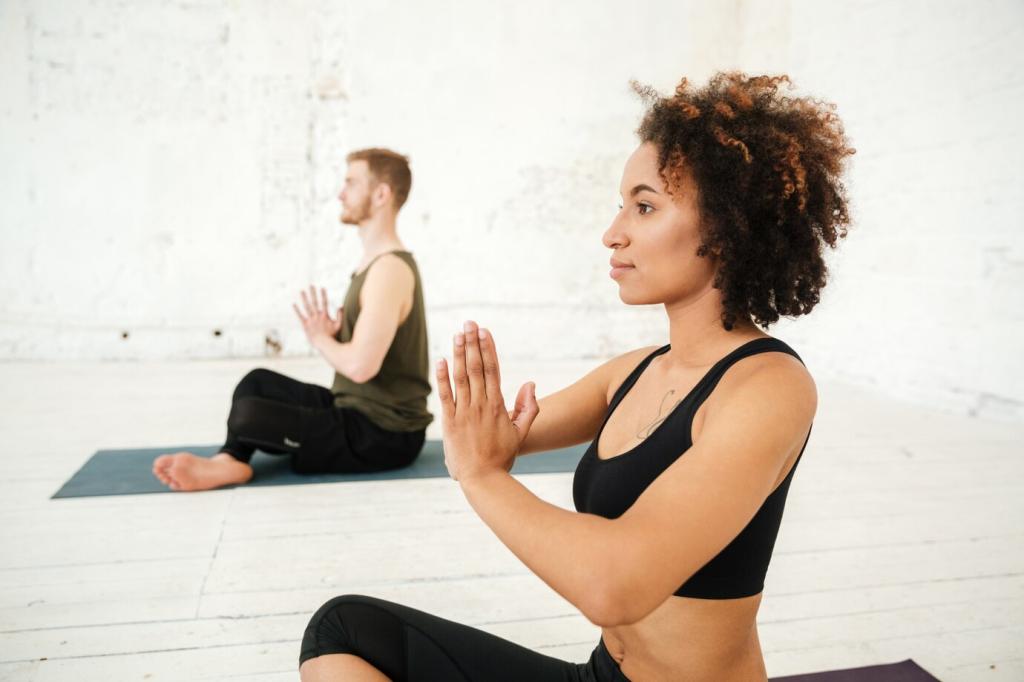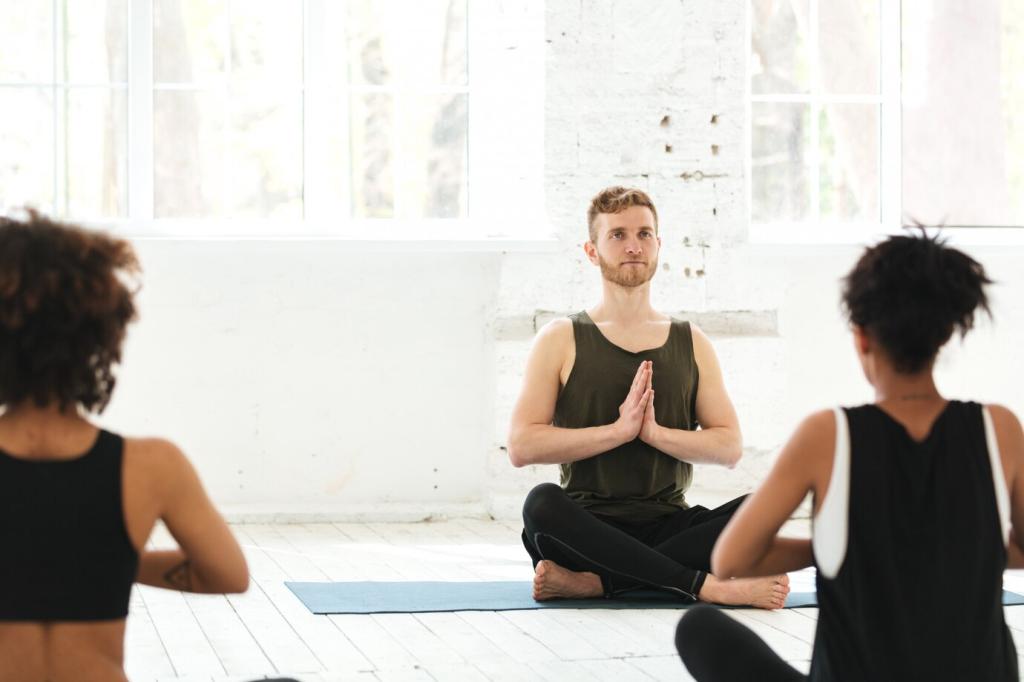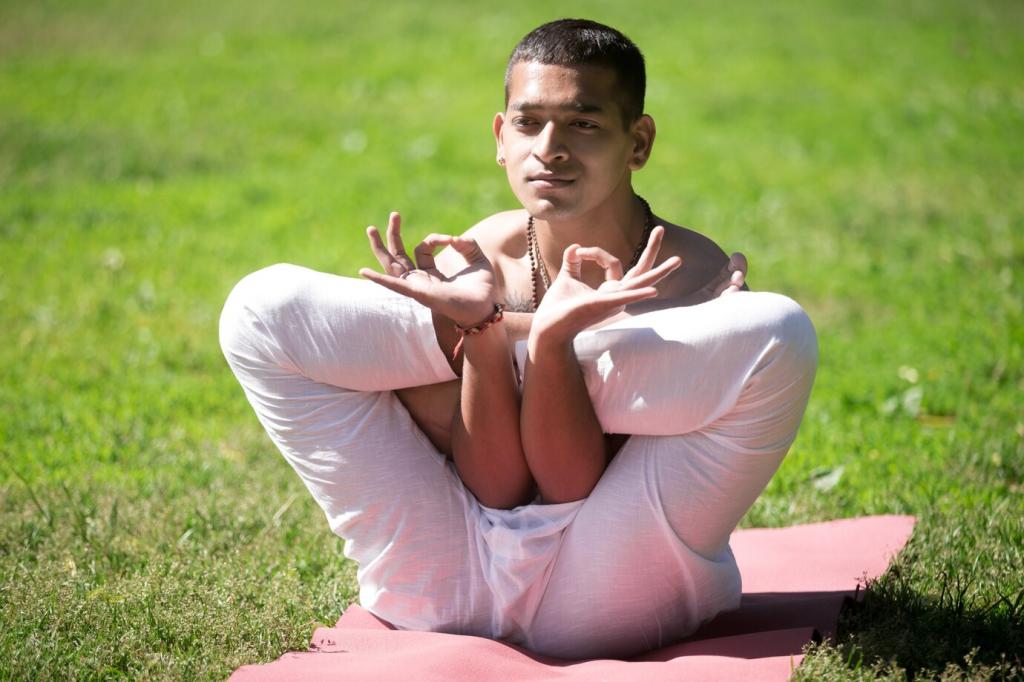Why Balance Matters: The Science of Sweat and Stillness
Training activates the sympathetic system, but mindful breathing invites a parasympathetic rebound that lowers cortisol and steadies mood. Over time, improved heart rate variability reflects resilience, making motivation steadier and recovery smoother.
Why Balance Matters: The Science of Sweat and Stillness
Eight weeks of consistent mindfulness practice often reduces perceived stress and rumination, while zone 2 cardio builds endurance without burnout. The result: clearer mornings, deeper sleep, and fewer skipped workouts because your energy feels dependable.






